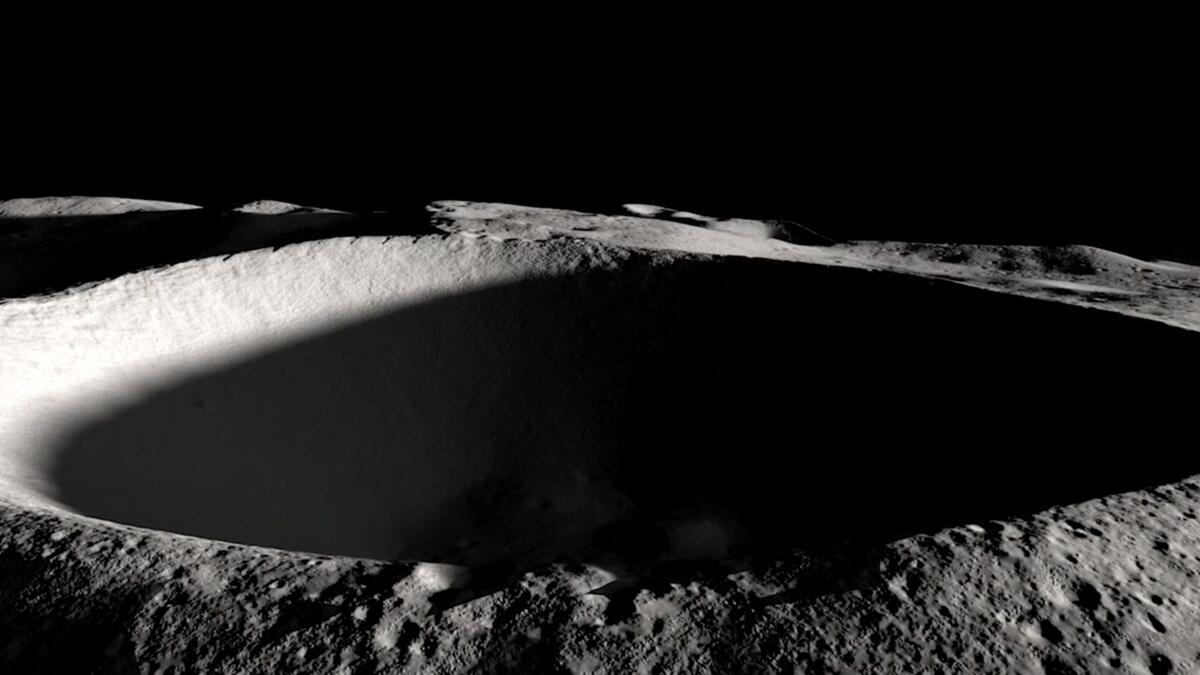A new, powerful science camera is heading to the moon to look inside places we’ve never seen before.
ShadowCam is an instrument designed and led by Mark Robinson, a professor in Arizona State University’s School of Earth and Space Exploration. It’s a specially designed camera that will peer into the permanently shadowed craters of the moon.
Because the moon does not have the tilted spin axis of the Earth, these dark spaces never receive the sun’s light.
Cold, dark and full of unanswered questions, these craters are scattered around the poles of the moon.
“The permanently shadowed craters are mysterious,” Robinson says. “There are some thoughts that there may be large deposits of volatiles there — water, possibly even methane and ammonia.”
Such materials would potentially be useful for future human presence on the moon. Robinson says they may also provide important clues to the past billion years of our solar system.
ShadowCam is a NASA-funded instrument and is part of a collaboration between NASA and the Korea Aerospace Research Institute. ShadowCam is aboard the Korean Pathfinder Lunar Orbiter, a spacecraft that is launching to the moon aboard a SpaceX Falcon 9 rocket from Florida. The launch is scheduled for Aug. 4.
More Science and technology

ASU-led Southwest Advanced Prototyping Hub awarded $21.3M for 2nd year of funding for microelectronics projects
The Southwest Advanced Prototyping (SWAP) Hub, led by Arizona State University, has been awarded $21.3 million in Year 2 funding under the CHIPS and Science Act to continue its work advancing the…

Celebrating '20 Years of Discovery' at the Biodesign Institute
Editor’s note: The Biodesign Institute at Arizona State University wraps up its 20th anniversary with the sixth and final installment of its "20 Years of Discovery" series. Each story highlights…

Student research supports semiconductor sustainability
As microelectronics have become an increasingly essential part of modern society, greenhouse gas emissions, which are associated with their use and manufacture, have increased in tandem.…
